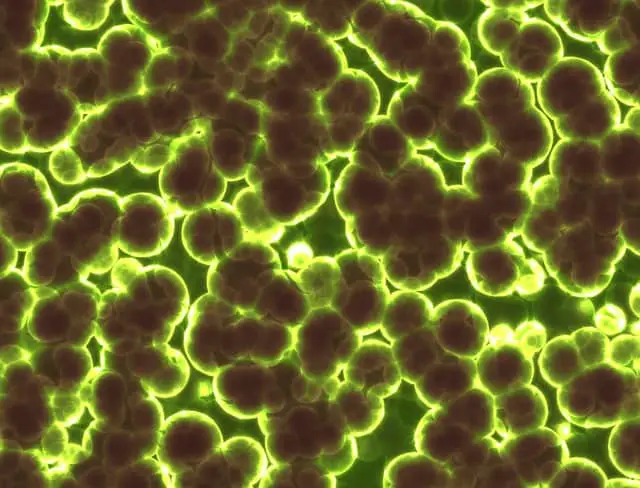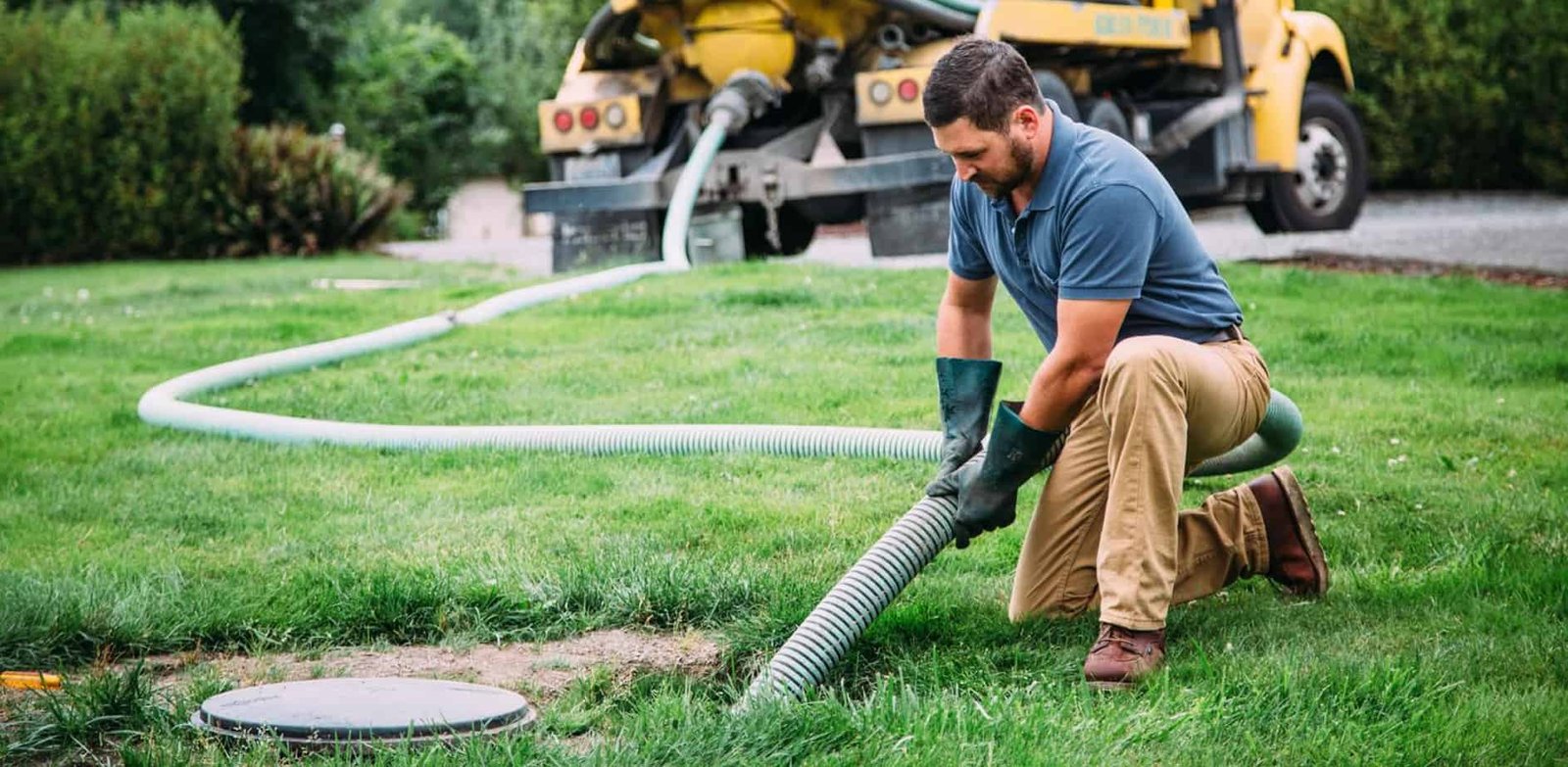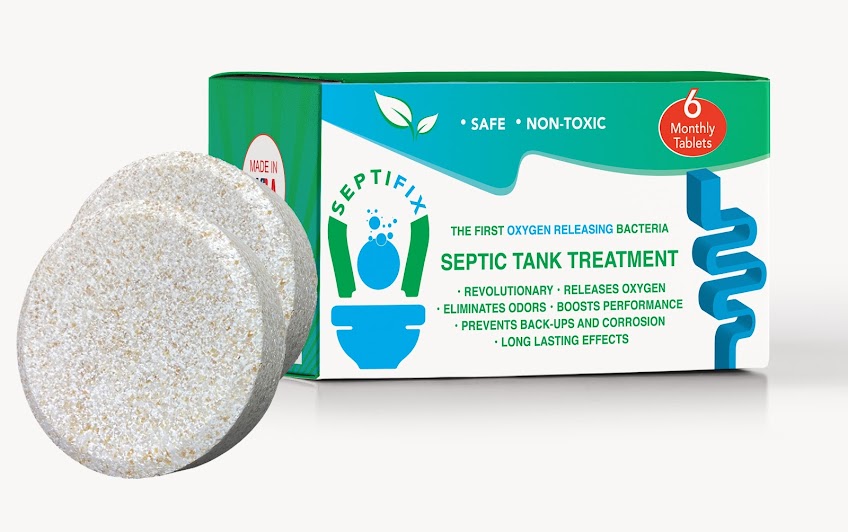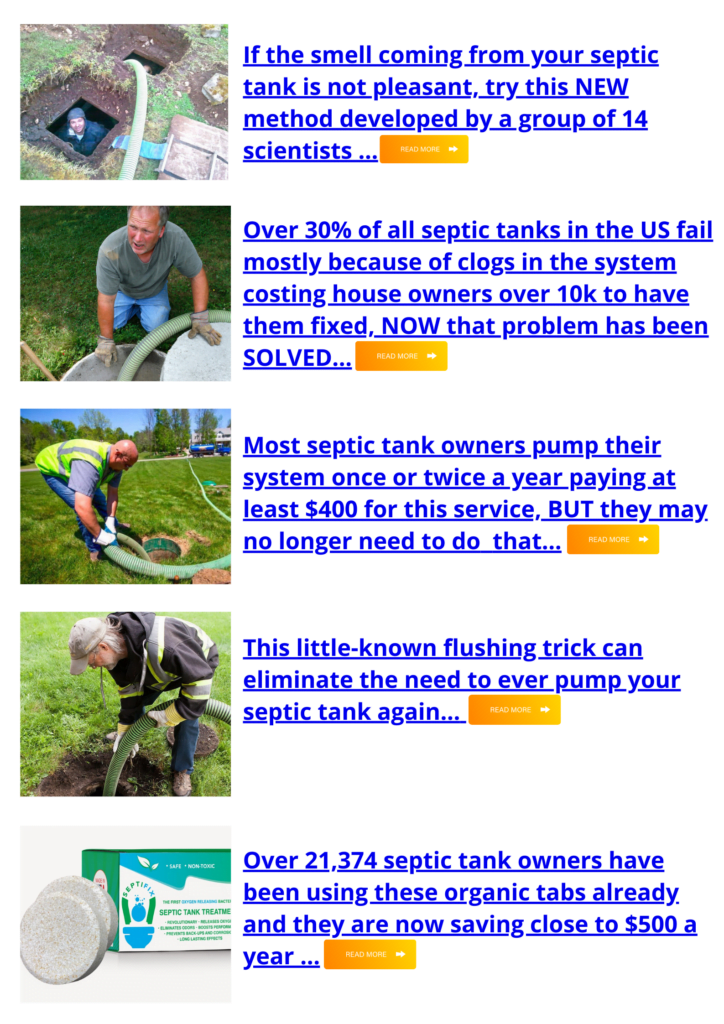What to do after septic tank is pumped?
Septic tank cleaning is much like getting your car serviced. Just like your car will likely throw up all kinds of issues if you do not get it serviced at regular intervals, your septic system may not work to its optimal level without regular cleaning. Worse, it may break down completely and require a replacement, which can set you back by at least a few thousand dollars. But keep in mind that the caring for your septic tank does not end at having it pumped out; you should also perform certain actions after it has been pumped to ensure it quickly regains its peak performance and maintains it for a long time.
So, what you should do after a septic tank has been pumped? Once your tank has been pumped, carefully replace and seal the manhole cover. Next, clean away any minor spillages that may have happened during the cleaning process. If there are any major spillages, make sure you disinfect them immediately. And, of course, do not forget to use a safe septic tank additive to reintroduce good bacteria into your tank.
In this article, we will discuss:
- What do pump-outs do to your septic tank?
- What you should do after your septic tank has been pumped?
- How to get good bacteria back in your septic tank?
- When is the best time for adding good bacteria to a septic tank?
Call Septic Service Pros 1.855-925-0760 For Service or Request a Quote
What do pump-outs do to your septic tank?
A septic tank pump-out essentially means emptying the tank completely. There are three layers in a septic tank — sludge, scum, and the liquid. Along with these, almost all the good bacteria in your tank will get removed. The billions of good bacteria that reside in a septic tank are essential for its smooth functioning because they are the ones that break down solid waste.
During a septic tank pumping out, the sludge, which stubbornly sits at the bottom of the tank, is the most vital part of the buildup that requires removing. That is because it is mostly an undigested waste mass that, if not removed in time, could cause backing up.
To minimize the buildup of undigested waste, it is important that you do not flush cigarette butts, cat litter, coffee grounds, disposable diapers, dental floss, tampons, earplugs, etc. These items are not biodegradable and as such the good bacteria living in your septic tank is unable to break them down.
Homeowners should get their septic tank pumped on a regular basis, at least once in two to five years, depending on the size of their septic tank and daily usage. Regular cleaning of your septic tank allows you to take care of problems quickly, keep your home and yard waste free, the problem of slow drains, prevent sulfuric, foul odors, and keep your overall costs low.
Call Septic Service Pros 1.855-925-0760 For Service or Request a Quote
What you should do after your septic tank is pumped out?
Once your septic tank has been thoroughly cleaned, make sure you properly replace and seal the manhole cover. Most probably, there would be some minor spillages. These should be taken care of immediately. If there are any major spillages, disinfect, remove, and bury them without delay. Otherwise, they can become a health hazard.
You should also add good bacteria to your septic tank. This is essential, because without a healthy population of good bacteria, your septic tank cannot work at its optimal capacity. If you do not add good bacteria, there is a risk that effluent and solids will buildup, which will eventually prevent the soakaway from effectively draining out.
By adding bacteria, you can ensure that solid waste will start getting broken down immediately and effectively, minimizing the need to clean it out frequently. According to experts, if you properly maintain your septic system and its microbe and bacterial population, you will likely not require a septic tank cleaning more than twice in a decade.
How to kick start the bacterial population in your septic tank?
After a septic tank has been pumped out, its microbe and bacterial population will likely be zero or almost zero. Your septic system will need a little help from you to kick start or activate. By using a quality septic tank additive, you can restore the essential bacteria and microbes, without which your septic system will struggle to remove the waste matter.
There are many septic tank additives available, and you can use any one of them. Using these additives is easy and doesn’t require opening of the septic tank lid. Simply flush them down at intervals specified at the product label.
If you do not activate your tank by adding good bacteria and microbes, your septic system will probably take several weeks to achieve its top speed. And until that happens, there is always a risk of buildup of sludge — a scenario that may not be a lot dissimilar to the one that led you to have your tank pumped out in the first place.
How to get good bacteria back in your septic tank?
Use a septic tank additive to restore the bacterial population in your septic tank. Most additives (if not all) are very easy to use. Generally, all you have to do is add them the toilet pan and flush them after they have been dissolved. Thanks to this simple DIY process, billions of good bacteria will get dispersed down into the septic system, allowing it to quickly return to its top speed.
When is the best time for adding good bacteria to a septic tank?
Typically, the next day. Once 24 hours have passed, then you can start adding good bacteria. If you do it immediately after the pumping, good bacteria will have little to latch onto and digest.










